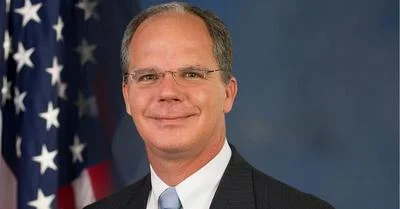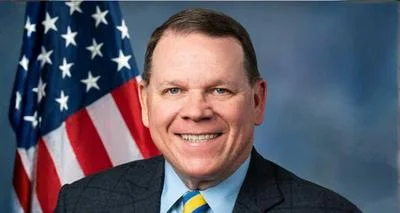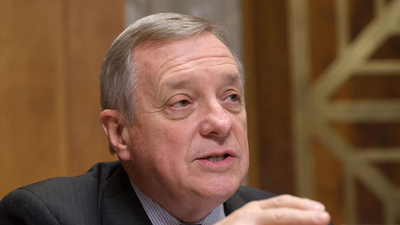The White House has announced a new trade agreement stipulating that the first 100,000 vehicles imported annually into the United States by U.K. manufacturers will face a 10% tariff, with additional vehicles subject to a 25% rate.
According to the New York Post, this U.S.-UK trade agreement is the first major bilateral deal under President Trump's "Liberation Day" tariff policy. This policy introduced a baseline 10% tariff on most imports. The agreement reduces tariffs on up to 100,000 UK-made vehicles to 10%, down from the previous 27.5%, while maintaining a 25% tariff on any additional vehicles. The deal also includes provisions for UK steel and aluminum exports and increased U.S. access to the UK market for beef and ethanol. According to the BBC, this agreement is seen as a significant step in strengthening economic ties between the two nations.
As reported by The Guardian, in 2024, the UK exported approximately 102,000 cars to the U.S., suggesting that the new 100,000-vehicle quota at the reduced 10% tariff rate covers nearly all of the UK's annual car exports to the U.S. This quota aims to provide relief to UK car manufacturers by lowering tariffs on most of their exports. However, any exports exceeding this quota will face a higher 25% tariff, potentially impacting pricing and competitiveness. The Guardian reports that this measure is intended to balance trade benefits while protecting U.S. industries.
The announcement of the trade deal has led to uncertainty among UK car manufacturers, with companies like Bentley reporting a standstill in U.S. sales due to confusion over the implementation timeline of the reduced tariffs. According to The Guardian, Bentley's CEO Frank-Steffen Walliser noted that customers are delaying purchases in anticipation of potential savings from lower tariffs. This uncertainty underscores the need for clear guidelines to ensure that the intended benefits of the trade agreement are realized. The Financial Times highlights challenges faced by manufacturers amid unclear execution details of the deal.









